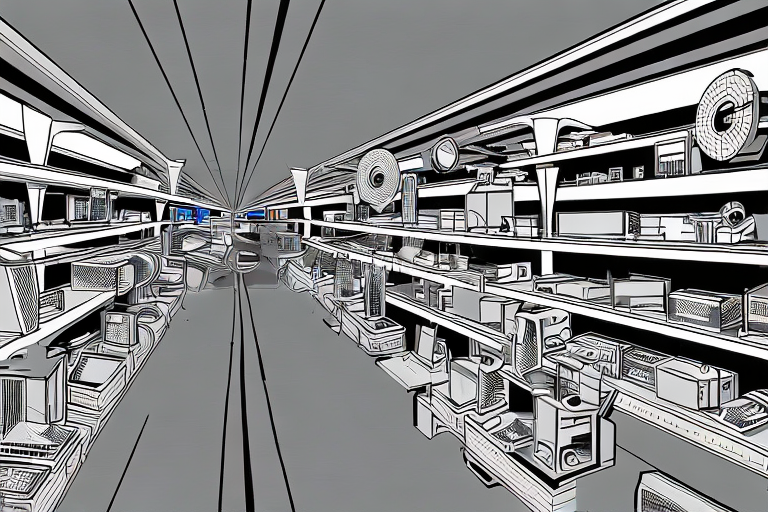Direct Drive vs Bowden: A Quick Guide to Choosing 3D Printers For Your Print Farm

You know, we've all been there. You're looking to invest in some 3D printers and you're faced with a crucial question, one that might make you scratch your head a bit -
Should you go for a direct drive 3D printer, or should you take the Bowden tube route?
It's like standing at a crossroads, right?
Well, fear not, because we're in this together. We'll walk through the pros and cons of both, and by the end of this article, you'll be able to make an informed choice.
Let's kick off with direct drive 3D printers, the feisty hot rods of the 3D printing world.
Direct Drive 3D Printers
The Pros:
- Precision: Direct drives are like surgeons. They print with superior precision because the extruder is directly connected to the printer’s Hotend, reducing filament travel distance. Remember that intricate Eiffel Tower model? Direct-drive printers are perfect for that!
- Material Versatility: They can handle a variety of filaments - including tricky ones like flexible TPU - with relative ease. So if you're feeling adventurous and want to experiment with different materials, direct-drive printers are your best friends.
- Better Retraction: They offer superior retraction control, reducing stringing and oozing. That means fewer messy cleanups and more quality printing time for us.
The Cons:
- Weight: The extruder and stepper motor being on the printhead makes it heavy, which leads to slower print speeds and possible issues with fast movements (ringing). Not ideal if you're in a hurry.
- Requires Tuning: These printers may require some fine-tuning to avoid print quality issues. They're like high-performance cars – they run like a dream, but you've got to keep them in shape.
Now, let's cruise on over to the Bowden tube 3D printers, the reliable workhorses of the 3D printing realm.
Bowden Tube 3D Printers
The Pros:
- Speed and Size: These babies are designed for speed and size. With the extruder motor situated away from the printhead, there's less weight to move around. This allows for faster printing speeds and potentially larger build volumes. Think about the thrill of creating life-size props or rapid prototyping!
- Less Maintenance: Generally, Bowden printers require less tuning than their direct drive counterparts. That's fewer hours of tinkering and more hours of printing.
The Cons:
- Less Precision: The filament path in a Bowden setup is longer, leading to less precise extrusion. Fine details might not be their forte. This is where proper bowden fittings come into play like our Bowden Aglet™
- Limited Material Compatibility: They can struggle a bit with flexible and exotic filaments due to the extended filament path. If you're all about playing with a variety of materials, this might feel limiting.
- Retraction Issues: Bowden setups can struggle with stringing and blobbing due to less effective retraction. Cleaning up those prints might require some elbow grease.
We've laid it all out, right? The race between the direct drive and the Bowden tube 3D printers. But remember, there's no universal winner here, and after all both systems end in a J-Head™. It's all about what suits your needs and preferences best.
Maybe you've got a penchant for precision and crave material versatility - then the direct drive 3D printer is your go-to. But if you're all about speed, size, and a bit of an easy ride with maintenance, the Bowden tube 3D printer will be right up your alley.
The choice, as always, is yours. Isn't it exciting to think about all the incredible things we're going to create? As we embark on this 3D printing journey, I'd love to hear your thoughts. Which type are you leaning towards and why? The more we share, the more we learn. Happy printing!
 Proudly Made In The USA
Proudly Made In The USA